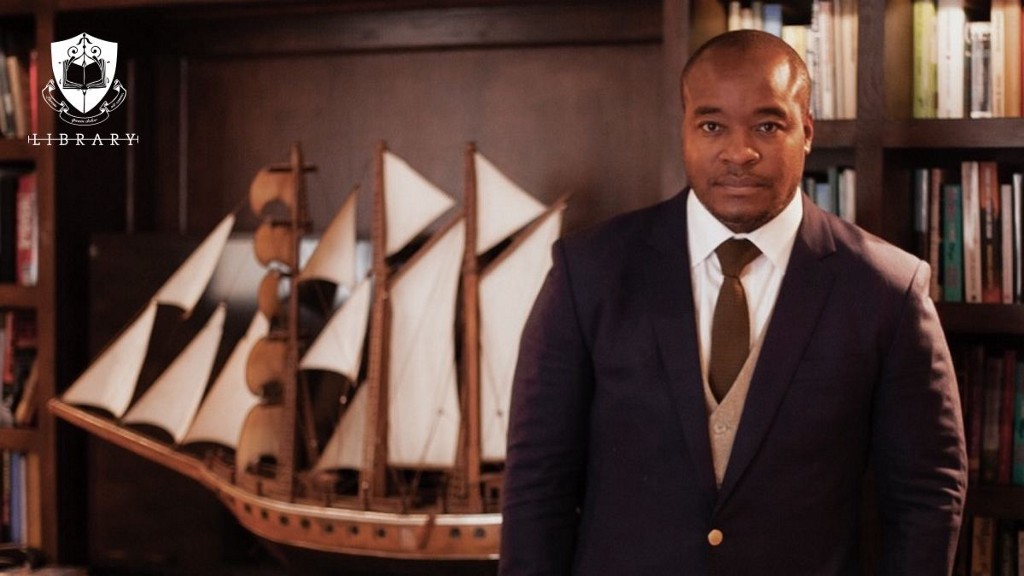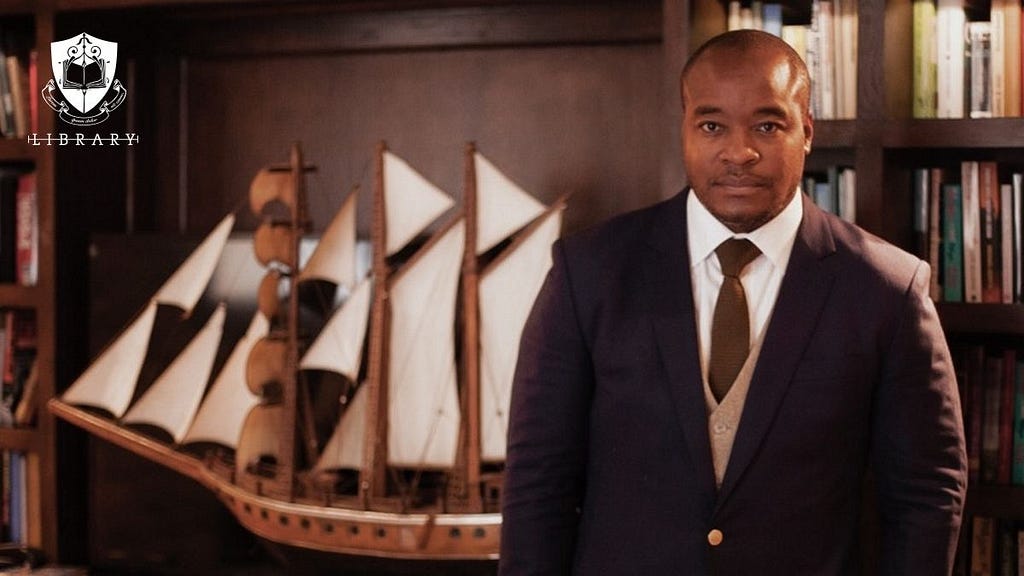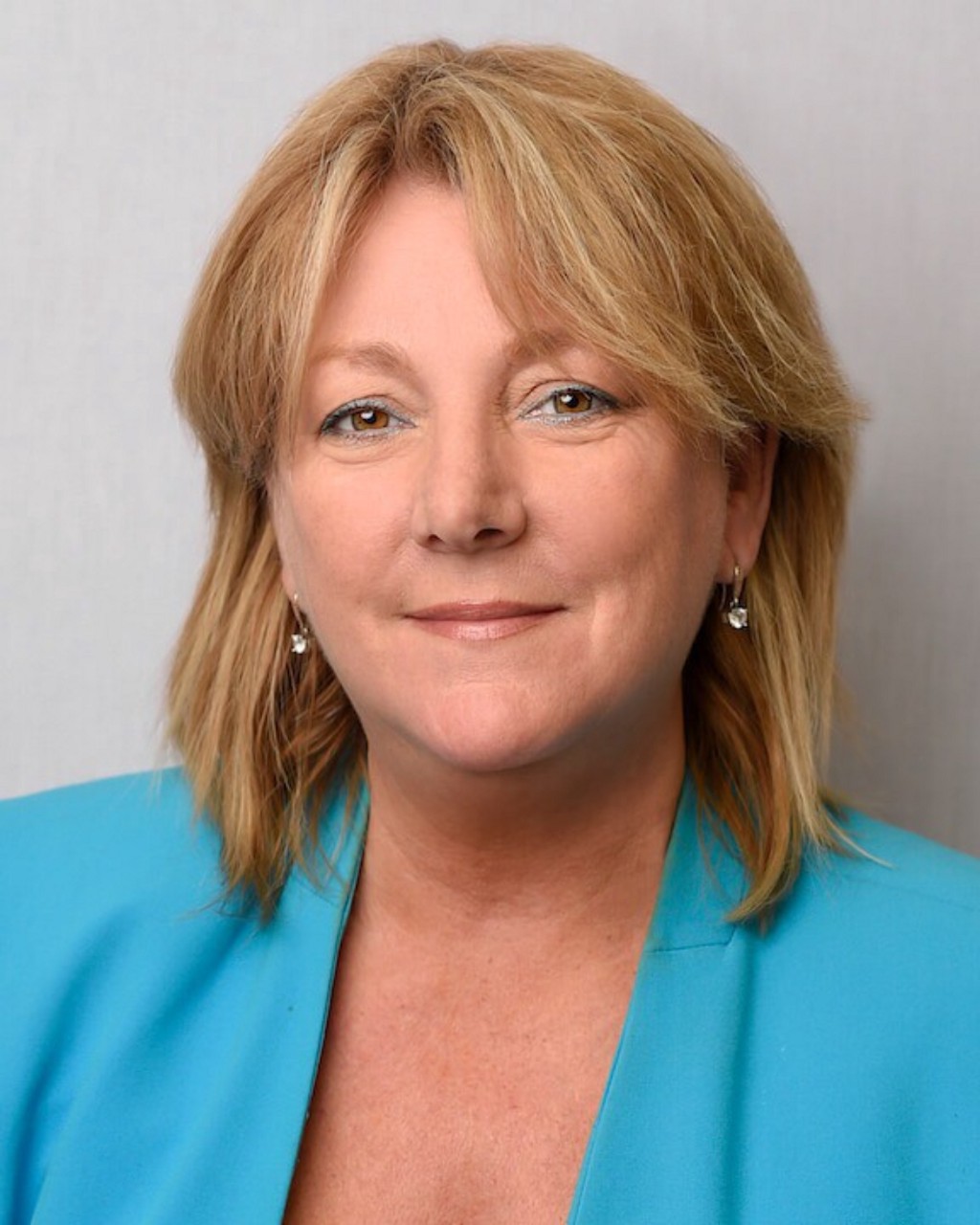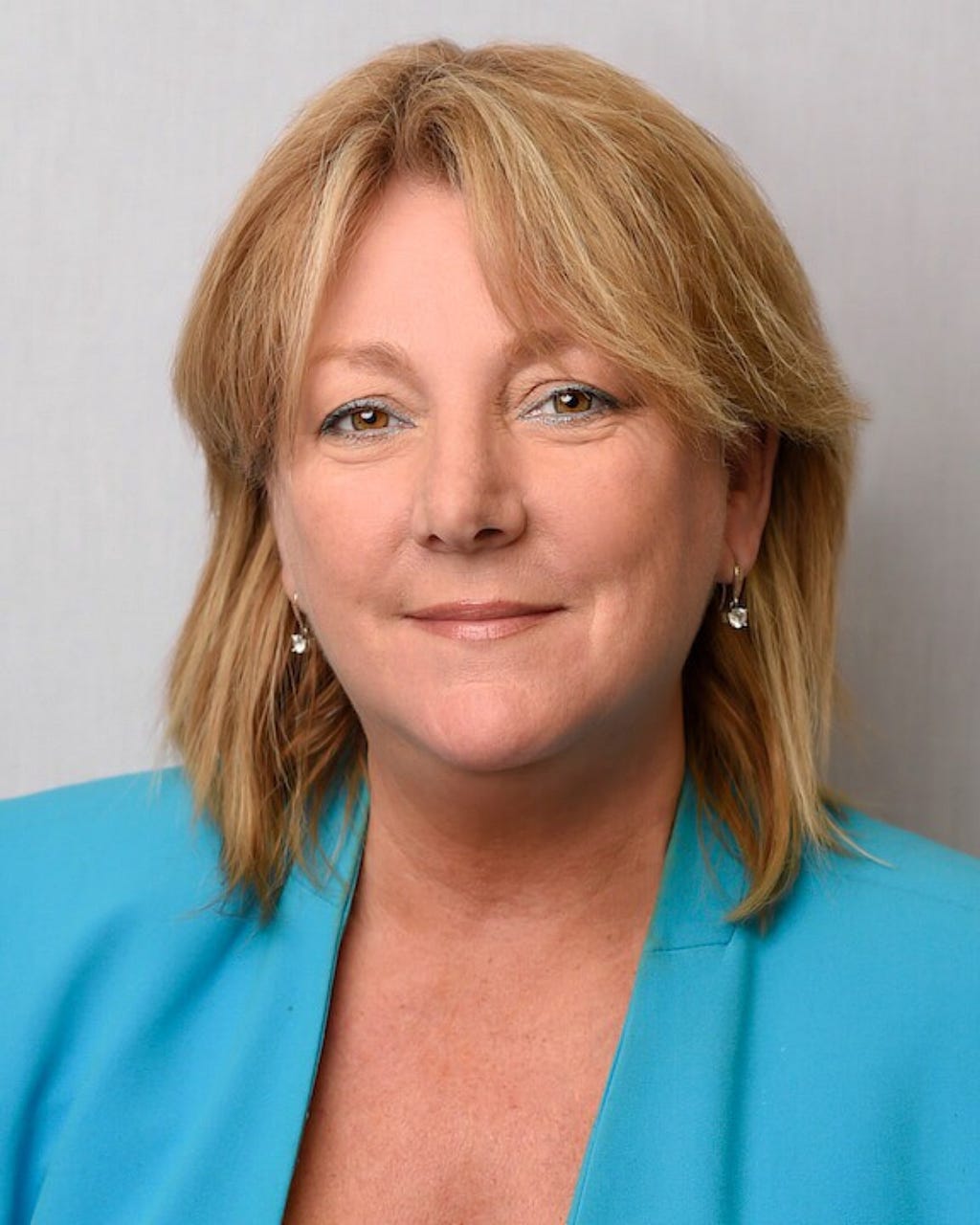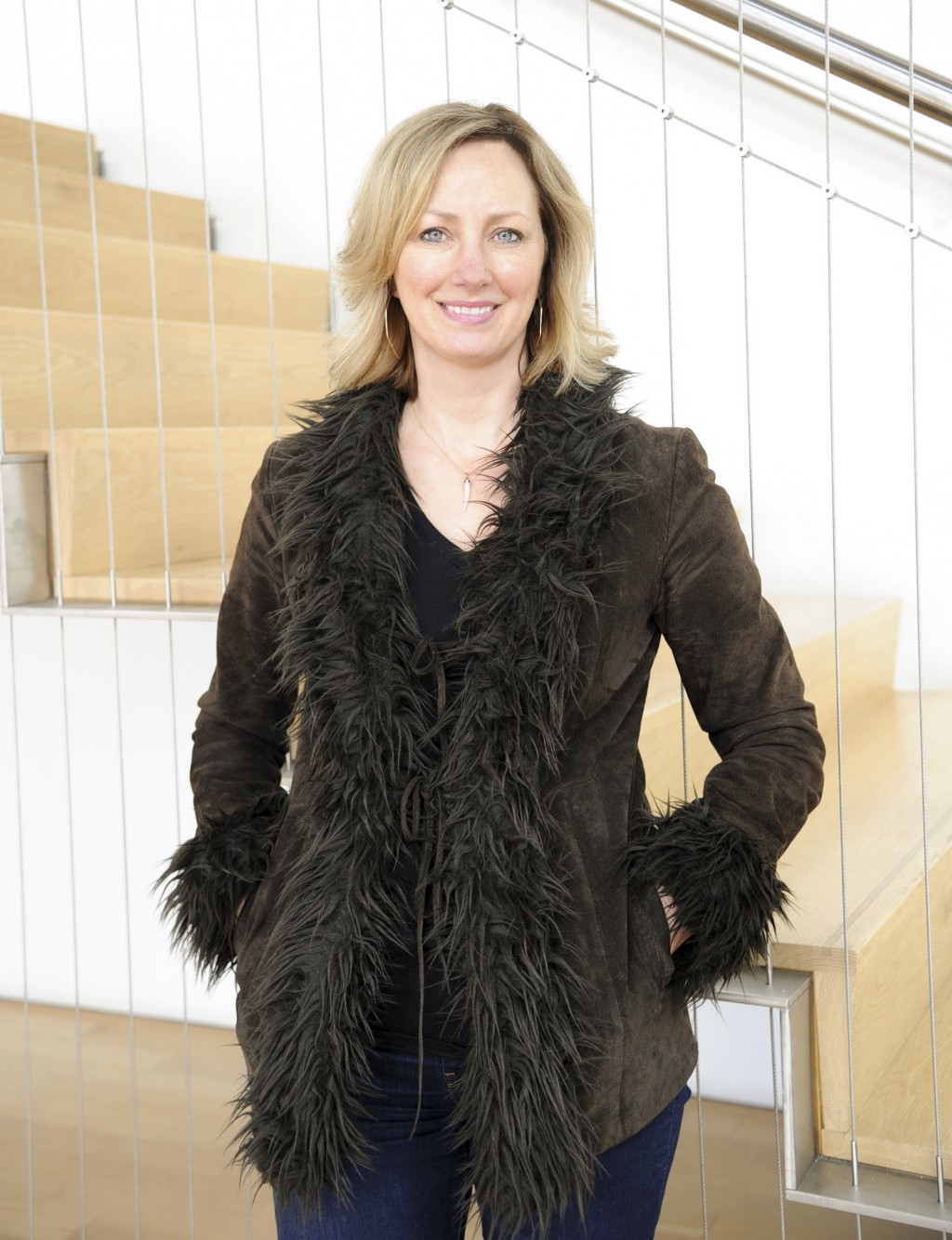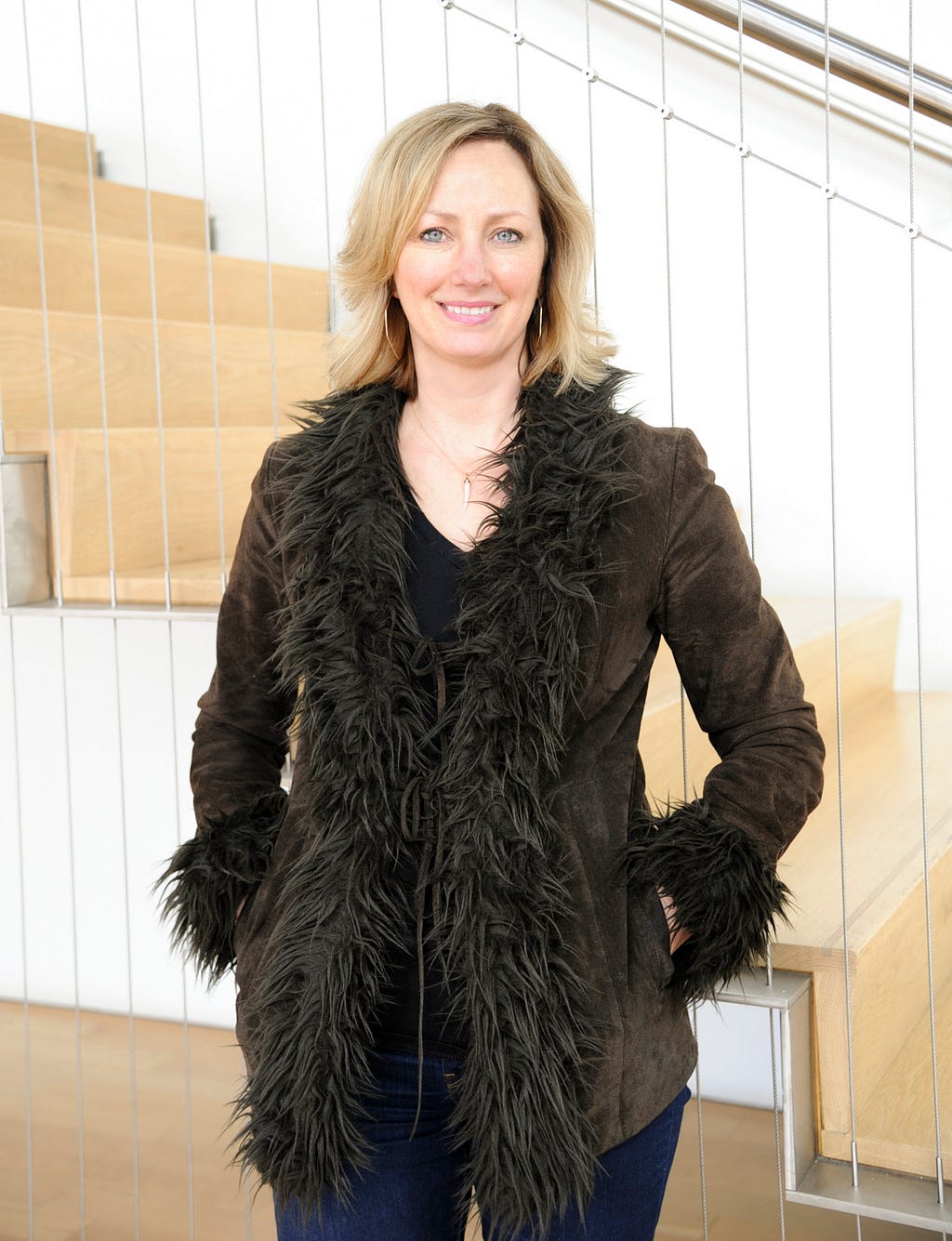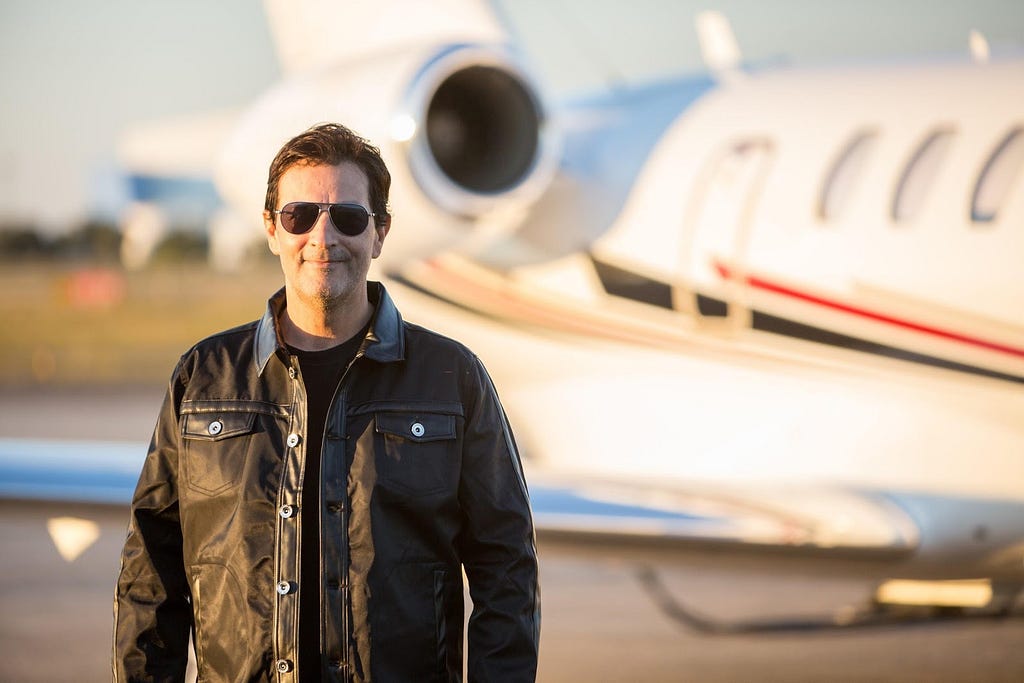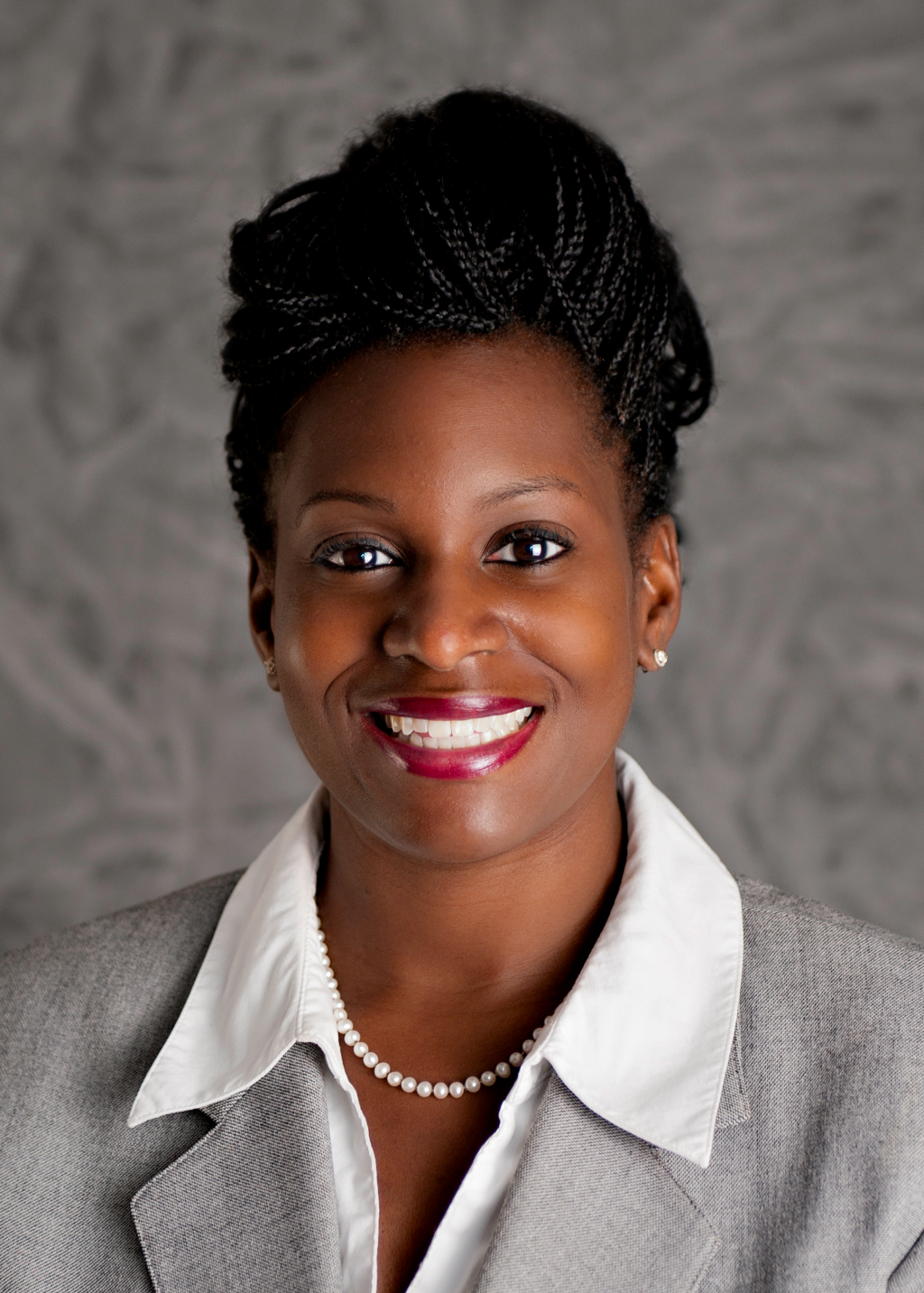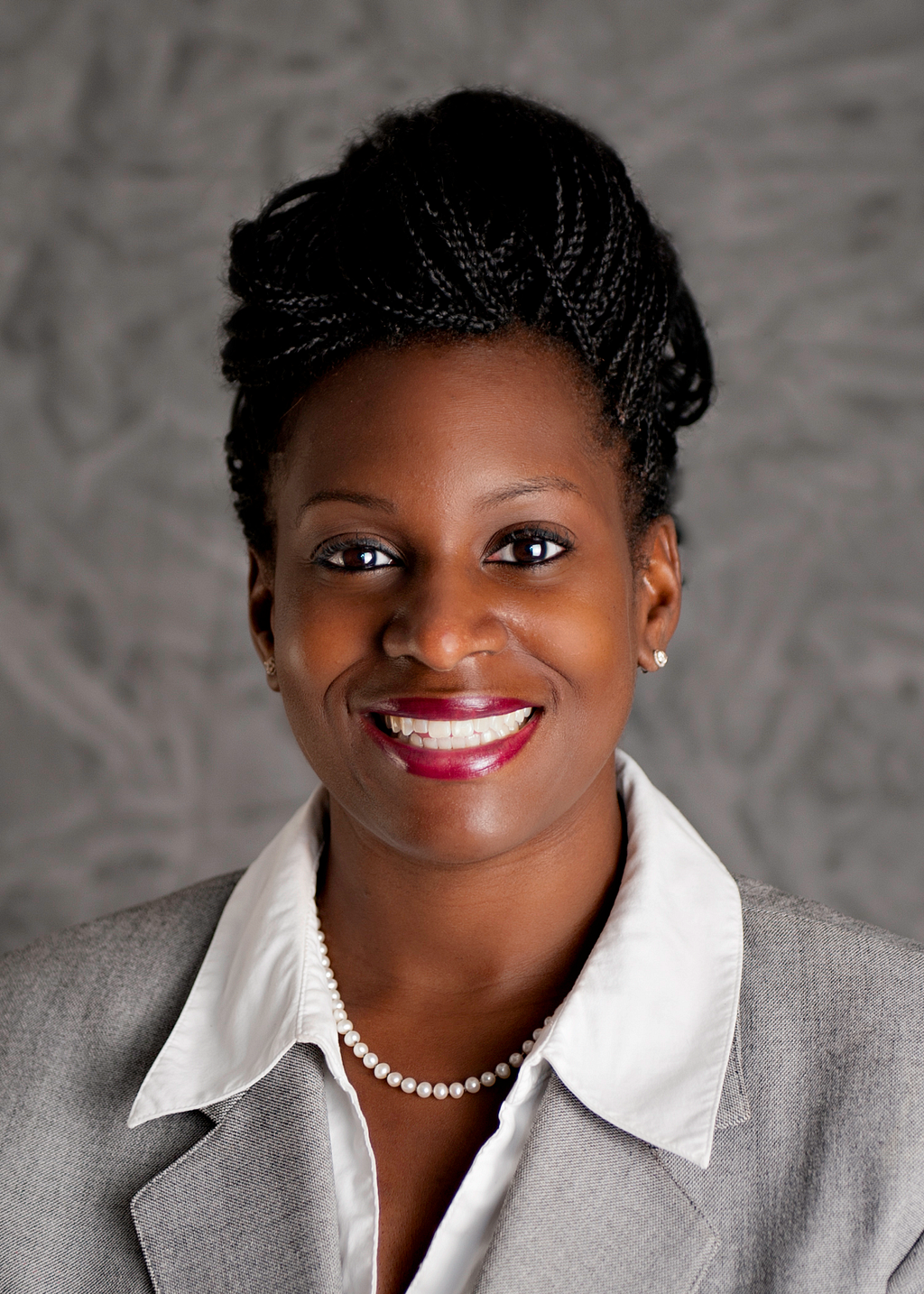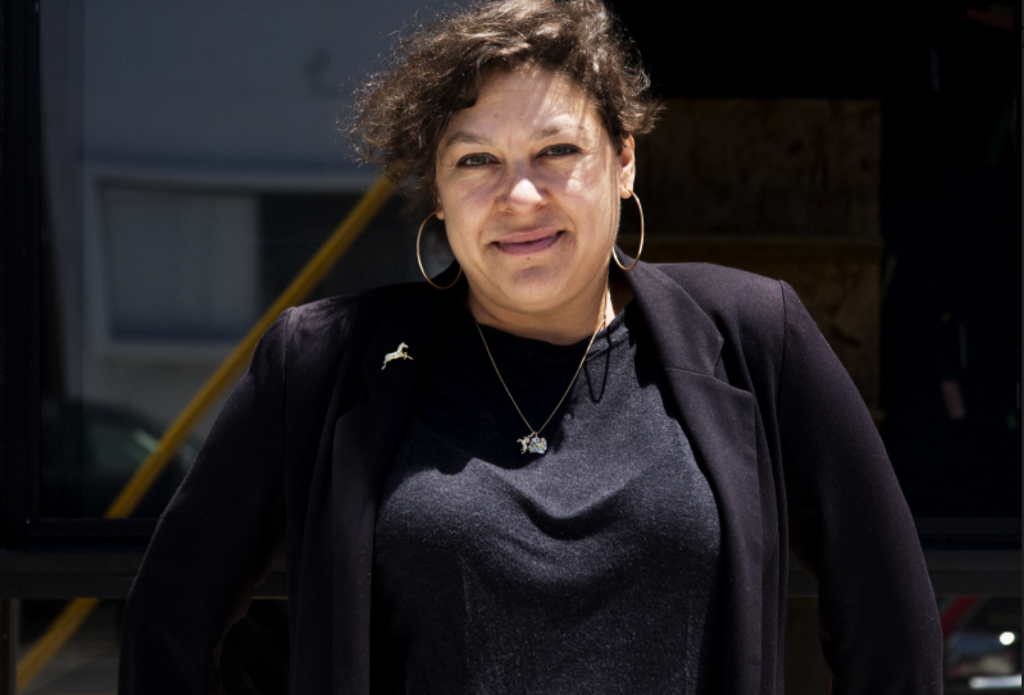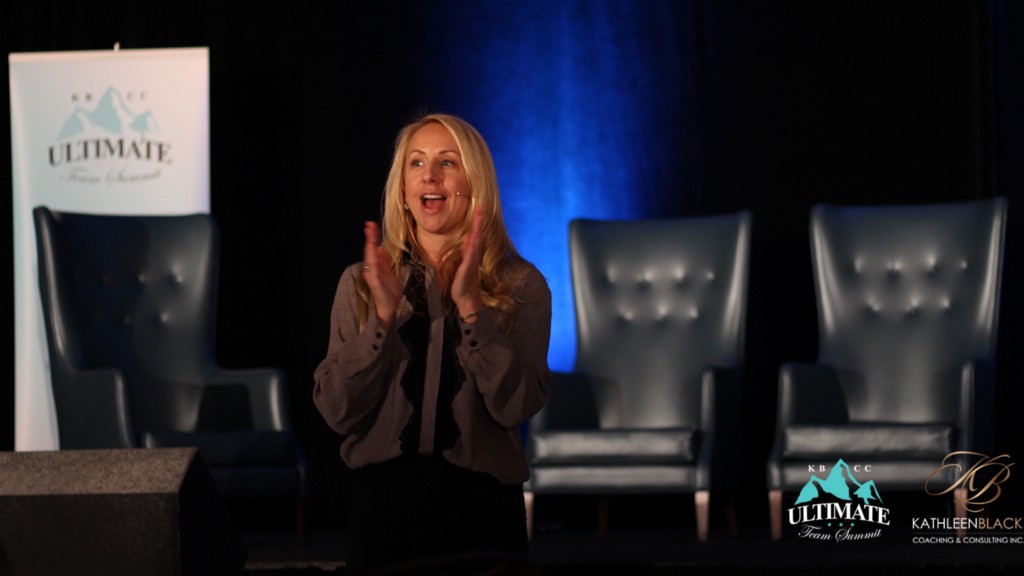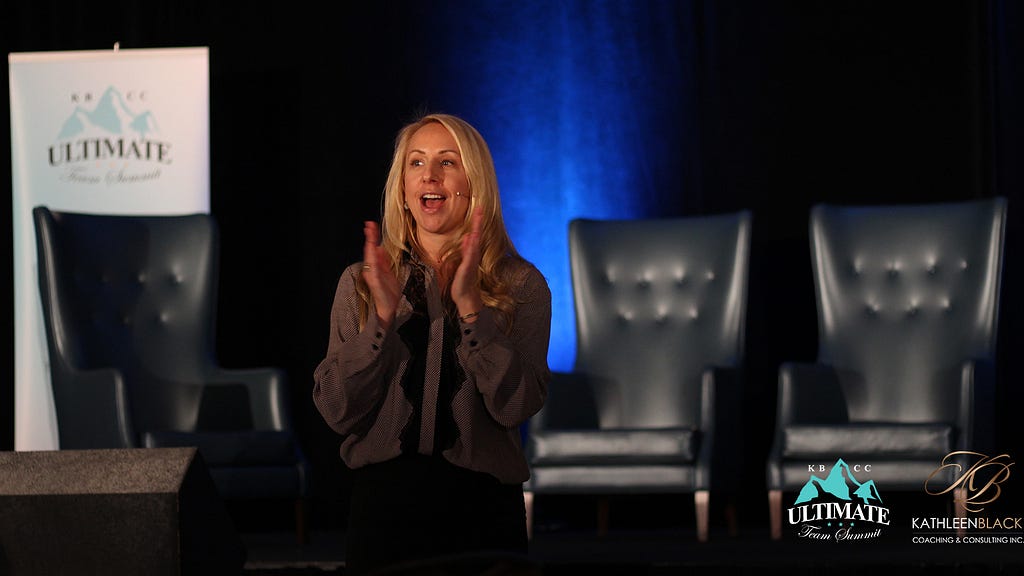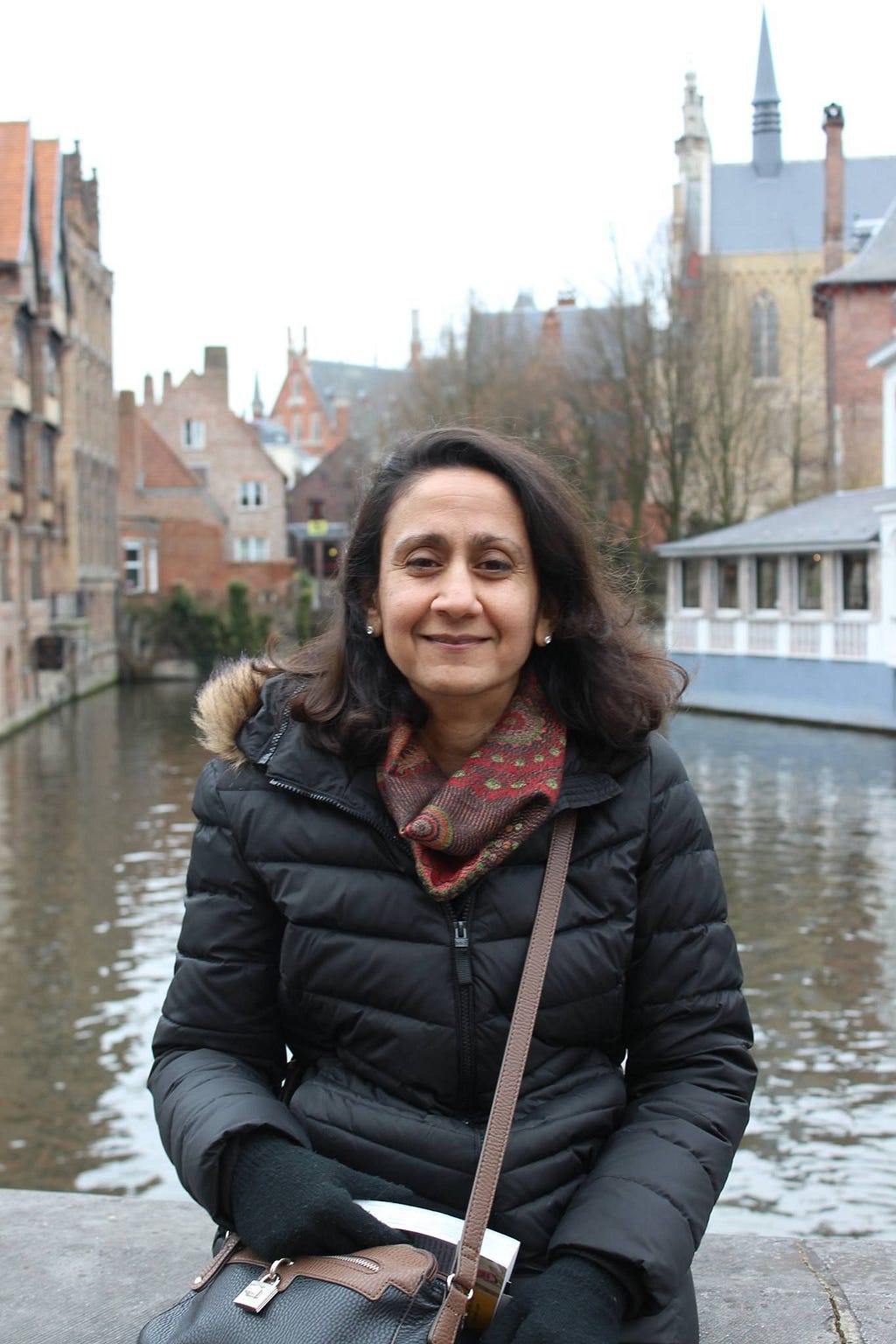
Mask-wearing becomes more commonplace globally: Now that we’ve gotten used to wearing masks, I think we’ll see them worn more often on airplanes, certainly for the duration of this pandemic and likely beyond, for example, during flu seasons.
As part of our series about “The Future Of Air Travel”, I had the pleasure of interviewing Amena Ali.
Amena Ali is CEO of Airside, which has established the privacy-first, consent-driven Airside Digital Identity Network that empowers individual control of personal information while seamlessly facilitating business innovations such as digital identity verification and COVID lab result sharing. She has spent more than 25 years successfully leading revenue generation efforts at startups, middle market and public companies, with 17 years in enterprise software and SaaS including VividCortex, Whisker Labs, and OTG/Legato. Amena started her career in management consulting at Bain & Company and has an MBA from the Yale School of Management as well as a BA in Psychology with a minor in Economics from Wesleyan University.
Thank you so much for joining us in this interview series! Before we dive in, our readers would love to get to know you a bit better. Can you tell us a story about what brought you to this specific career path?
I got married right after business school, and my husband and I were living in different cities. He was in DC and commuting to Boston every weekend where I was working at Bain & Company in the fledgling Consumer group started by Fred Reichheld, the Loyalty Management Guru. I found consumer marketing fascinating. It was the perfect intersection of business and psychology that I found so interesting in college. But after a few months, we had a tug of war as to which of us was going to quit our jobs. I lost (or maybe I won, I’m not really sure!) and moved to DC where I ended up joining MCI, an incredibly dynamic organization that was like a startup in many ways despite being a $30B company.
After MCI was acquired by Worldcom, I was asked by Worldcom management to move to HQ in Mississippi, which didn’t make sense for my family at the time. So I took the plunge into tech and joined OTG, a $25MM company that was just about to go public and eventually was acquired. After the excitement of working in a small tech company, I couldn’t imagine where I’d rather be, and I’ve been helping build enterprise software startups ever since. Incidentally, timing IS everything. A few months after leaving MCI Worldcom, they went through one of the largest corporate scandals in history, so I definitely dodged a bullet.
A few things led me to Airside. I was sick and tired of getting letters about how my personal information was hacked from one database or another. I wasn’t sure exactly what I was agreeing to each time I clicked to agree on every single app I use. And finally, I thought if it’s better to forget your wallet at home than your smartphone (back when we used to leave home), then doesn’t the whole wallet need to be re-imagined so your core identity data is not only digitized, but fundamentally managed and shared?
Can you share the most interesting story that happened to you since you started your career?
I started at MCI Telecommunications shortly after the market had been deregulated. Bringing competition and choice to what was a utility, the humble home phone line, was a blast. I was part of the team that launched the “Friends & Family” long distance calling program — yes, you had to pay for long distance calls back then! The product became a cornerstone of MCI’s market share. It was a heady time.
Eventually, telecom turned so price-competitive as to become a cost management race to the bottom. After spending 6 years doing consumer product and brand marketing, I switched to finance. In parallel, we’d been acquired by Worldcom. Later, when the dust settled, it came to light that Worldcom execs had been cooking the books. What a ride it had been.
Can you share a story about the funniest mistake you made when you were first starting? Can you tell us what lesson you learned from that?
I was working at my first job out of college, at the management consulting firm Bain & Company. One of my clients was a hospital chain and my job was to go interview OB-GYN office managers in small towns — in Maine, in the winter. I was by myself, driving a rental subcompact, and this was before MapQuest, let alone Garmin GPS and smartphones. Needless to say, I got lost. I missed one of my interview windows, and will never forget the feeling of awkwardly waiting in the reception area in my suit along with a slew of pregnant women. After that, I became very fastidious about not only creating turn-by-turn directions on a sheet of paper, but practically memorizing them. You have to sweat the details.
Which tips would you recommend to your colleagues in your industry to help them to thrive and not “burn out”? Can you share a story about that?
Given that I’m in a company that is trying to facilitate contactless and safe travel, I have to say go on vacation! Seriously, I think people are at their best when they carve out time away from the day-to-day stresses of work, deadlines, and quarterly results. That’s been especially important during the pandemic when we’re all stuck at home working if we’re fortunate to have jobs that allow us to work remotely. All of the boundaries are blurred and it’s easy to just work all the time. My pandemic project was to take up golf — my son is a collegiate golfer. Having him home from school last spring and summer gave me the perfect opportunity to take up the game, and now I’m out there every weekend spending time with family. When you’re on the golf course, you can’t focus on anything but trying to make that frustrating little ball go where you want it to. Whatever your escape is, you need to find one and just put aside work on a regular basis.
None of us are able to achieve success without some help along the way. Is there a particular person who you are grateful towards who helped get you to where you are? Can you share a story?
My first foray in tech was with a small company, OTG Software, that was founded by a driven and charismatic dynamo. Rick Kay insisted on Monday 7am breakfast meetings where his first step was to write URGENCY on the board. He was fearless, bringing up difficult topics, intense and thundering, yet always focused on doing right by our customers. He saw something in me, giving me my full reign to manage product, marketing and investor relations. If you showed up for the business, Rick showed up for you. Through Rick’s drive and leadership, OTG had a successful IPO, and subsequently was acquired by Legato Systems which was then bought by EMC Software who is now a part of Dell Technologies. I had the great fortune to go along for the ride with Rick, and it set the stage for the rest of my career. Rick recently passed away and 20 years later, the old OTG crew came together to honor Rick and reflect on the highly effective and tight team he built where you knew everyone was all-in and had your back.
Can you share with our readers how have you used your success to bring goodness to the world?
My biggest contribution is raising two children who are good, decent and kind adults in their 20s. They are now in a world that will demand all of their smarts and hearts to tackle the challenges that have been brought into sharp relief over the past year.
Outside of family, I really enjoy mentoring young people, whether on-the-job or outside work. I had wonderful mentors early in my career. I try hard to spend time with up-and-coming professionals, helping them consider career options and opening up my network to help them create opportunities.
Thank you for that. Let’s jump to the core of our discussion. Can you share with our readers about the innovations that you are bringing to the Aviation and Air Travel industries?
Absolutely — we have a long history of innovating in this space. We launched Mobile Passport over six years ago to provide travelers with a safe and secure way to digitally submit passport information and answers to customs questions from the U.S. Customs and Border Protection (U.S. CBP), to then access designated special lanes upon arrival in the United States.
Since then, we have continued to pioneer additional ways to harness convenient, privacy-based digital identity technology in the travel space. We launched the Airside App last year to do just that. So far, we have launched airport biometrics solutions that allow users to enroll their ID and facial biometrics information once, and then share it on a consent-basis with various travel operators and providers. This allows travelers to move along their journey without having to pull out their ID and reduces the number of shared touch points and physical documents. It also reduces long lines and crowding.
Next month, we are also rolling out our Health Passport solution which will help travelers digitally access their verified COVID test results, and eventually vaccine information, and then share it with their travel providers to comply with local mandates or test out of mandatory quarantines. That’s a critical requirement to reopening economies on a number of fronts — to allow people to safely travel, work, study and play.
Which “pain point” are you trying to address by introducing these innovations?
We want to make travel journeys faster, safer and less stressful. Streamlining travel — from online reservation to ticketing and check-in to screening and gate processing — can be realized via digital identity management that is centered on strong data privacy. Our solutions will reduce pain points, such as long lines at all of those points along the way and storage of data on (more risky) siloed databases used by the many travel providers along the travel journey. We want to create easy digital options for folks to input their important travel information on their device just once and then decide whether to share it privately and securely with travel companies to create more seamless experiences. With the pandemic, COVID health status has become a new requirement for access, so our ability to provide touchless solutions with verified biometric and health identities can not only make travel (and access) faster and better, but safer.
How do you envision that this might disrupt the status quo?
Imagine sharing your identity being as simple and secure as using a trusted service. With the Airside Digital Identity Network, travelers will be able to get through an airport and other points throughout their trip without worrying about having their data caught up in a company’s security breach or having to pull out their physical documents. As it relates to today, one disruption of the status quo will come from widely accepted digital health credentials, reducing the need for travelers to carry paper copies of their vaccination records. We’ve all seen videos of a future in which people breeze along their trip by having their face biometrically matched with a verified reference image at key access points. We envision Airside making this a reality.
Are there exciting new technologies that are coming out in the next few years that will improve the Air Travel experience? We’d love to learn about what you have heard.
I’m continuing to see more and more engagement in the conversation about the ethical use of biometrics in air travel. I think this will evolve to not just create seamless travel experiences throughout the airport, but also with other parts of the trip as well. We think this will become commonplace in major airports around the world.
Another trend we anticipate is better services on-board airplanes. Flight crews would know more about a passenger’s preferences and be able to better serve personalized meals, wine and more. We also think onboard WiFi will continue to improve significantly as in-flight entertainment continues to shift to bring your own device (BYOD).
Other interesting areas for innovations in air travel are anchored on sustainability. We continue to see tremendous progress in this area partially driven by increasing demand from environmentally-conscious travelers who want to see improvements in carbon emissions and off-sets as well as on-board with the continued reduction of plastic.
As you know, the Pandemic changed the world as we know it. For the benefit of our readers, can you help spell out a few examples of how the Pandemic has specifically impacted Air Travel?
The Pandemic led to a dramatic decline in air travel and impacted policies in a variety of ways. We have seen restrictions on where you can and cannot travel, including many border closings around the world, testing and vaccine requirements to enter specific countries, quarantine requirements to ensure the safety of local populations, and more. Travel cessation has in turn devastated economies that depend on tourism and business travel. The WTTC estimated that during the height of the pandemic in 2020, 174 million jobs were at risk.
As air travel slowly begins to climb again, we see domestic travel recovering faster than international travel, and leisure travel is rebounding faster than business travel.
Can you share five examples of how the Air Travel experience might change over the next few years to address the new realities brought by the Pandemic? If you can, please give an example for each.
- Improved operations and line reduction at airports: We think we will see an increase in the adoption of biometrics to help support faster processing times and reduce choke-points throughout the airport.
- Showing your test or vaccine status: We anticipate the rapid adoption of digital health passport technology to create easier and safer movement across borders.
- Increase in touchless transactions: We expect an increase in digital ID credentials being used in travel to reduce the sharing of physical documents.
- Improved sanitization at various touchpoints: We’ve seen policies in airports and on-board airlines that include HEPA filters, cleanliness scores on planes, increased frequency of cleaning and employing new technologies that eliminate germs quickly for large spaces.
- Mask-wearing becomes more commonplace globally: Now that we’ve gotten used to wearing masks, I think we’ll see them worn more often on airplanes, certainly for the duration of this pandemic and likely beyond, for example, during flu seasons.
You are a person of great influence. If you could start a movement that would bring the most amount of good to the most amount of people, what would that be? You never know what your idea can trigger. 🙂
Education has always been a gateway to improving access to economic opportunities. Learning, though, is a critical tool for empowerment on so many levels. I would love to see a world where everyone has baseline access to education, and can then use that as a stepping stone for civic and community engagement. Democracy can only flourish with people who are educated, informed and active with the world around them.
How can our readers further follow your work online?
https://www.airsidemobile.com/
This was very inspiring. Thank you so much for joining us!
Amena Ali of Airside: The Future of Air Travel in The Post Covid World was originally published in Authority Magazine on Medium, where people are continuing the conversation by highlighting and responding to this story.


